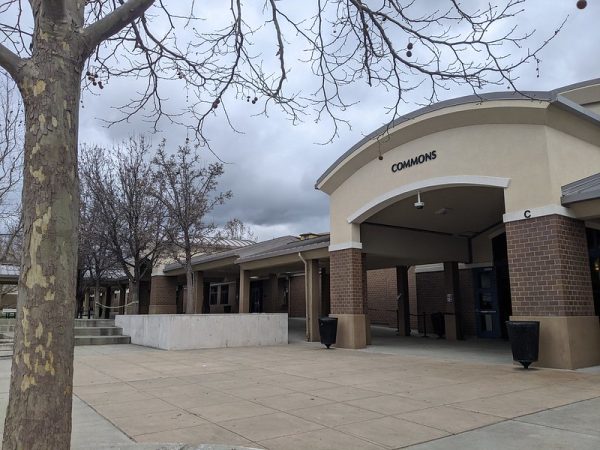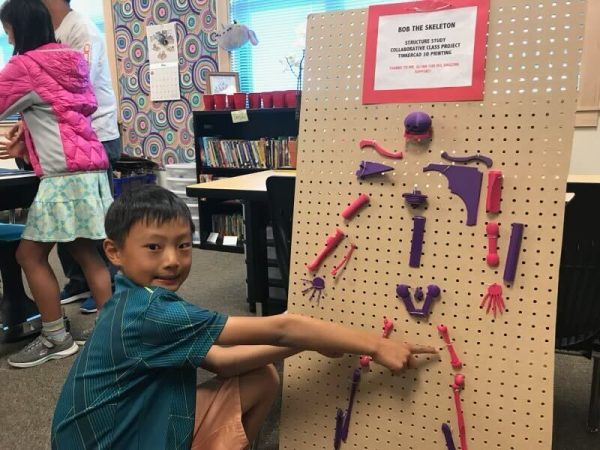Drug use at Dougherty v. Healthy Kids Survey results
You are taken to a strange room, and seated in front of a screen. On the screen is a series of personal questions, asking about serious topics such as drug use, depression, and bullying. You are told your answers will be anonymous, and to answer as truthfully as you can. Do you obey, and offer your true opinions? Do you lie, refusing to reveal your darker secrets? Or do you scoff, speeding through the survey with flippantly random answers?
Would your actions change if you were surrounded by your peers? It is easy to steal a quick glimpse of someone else’s screen when there are people seated beside and behind you, people you know and interact with. Curiosity, fear, apathy, and social pressure are all factors that could affect this environment. This flawed, subjective system is present at this school, and used to analyze life at Dougherty.
The Healthy Kids Survey for Dougherty Valley High School consists of 80 pages of reports analyzing the well-being of kids attending the school. Every student is instructed to take the survey during their English period on a designated day to respond to questions that include school climate, drug use, safety and aspects of the school environment. The intention of the survey is to gather student opinion so administrators can target the major problems that students face and know where to improve.
That is, on the terms that students are honest. Many are exactly the opposite when it comes to responding to serious questions.
“Of course I lie,” said a sophomore. “[The information in the survey compared to reality] is not even close; I just mess around with the survey, like I say I smoke 15 packs of cigarettes a day. I don’t even smoke.”
A junior who actually does smoke marijuana articulated that in the atmosphere of the computer lab, no one wants to take the survey seriously. “I answer honestly sometimes, when I feel like it,” he said. “I mean, I know it’s anonymous, but when I’m sitting with my buddies I’m like ‘heh heh, look what I’m doing!’”
Mr. Hillman, Dougherty’s principal, is not in the dark about that fact.
“With a student survey, there are so many social things that come from it,” he said. “It’s also a misconception; students answer it not on their personal experience, but what they think is happening.”
This is why the percentage of drug use might be much higher than it really is, according to Hillman. There are, besides the outlying answers caused by random clicks, numbers that consist of what students believe is occurring in the school combined with those who are honest about their drug use. The truth in the survey answers are typically found “somewhere in the middle,” as the extreme answers are relatively few and the general trend is consistent.
Even with the wide range of responses, varying from honest answers to careless ones, administrators can still gain a grasp on what students are struggling with. Students are still honest about many aspects of the survey, especially when they feel their responses will not affect them directly or get them into trouble, according to another sophomore.
Honest answers are crucial for administrators. At Dougherty, many students regardless of grade level struggle with academics. This is not to say that Dougherty kids are failing normal classes; rather, partly because of the competitive and academically-inclined atmosphere, most are pushed to take advanced and accelerated classes, such as AP or Honors courses. As a result, students have an overwhelming amount of stress placed on them–something admin are focusing on.
After analyzing the Healthy Kids Survey, Hillman addressed the most alarming trend in the responses: depression and chronic sleepiness. On average, a teenager needs nine hours of sleep a day, yet “who gets that?”
Through research, he also found that a college-level course which meets once a week for an hour requires double the study time for that course alone. Thus, the AP-level courses offered at Dougherty require five hours of seat-time in class and double that time, 10 hours, of studying for one class.
“We have students who take four or five APs,” Hillman said. “How are they going to get that much studying in and actually get some sleep? The Healthy Kids Survey is showing us that that’s the symptom, that students are putting themselves through so much.”
For Hillman, drug use is not a major issue at Dougherty in comparison to depression and chronic stress. Responses of students previously written in the article “Dougherty’s reputation take a hit” reaching up to 40 percent of students taking drugs can be considered as quite a stretch. He admits that the issues of drug use and stress are related, although stress is a more pressing matter at Dougherty.
“Do I believe that there are habitual drug users at this school? Yes, I do. Every school has students like that,” he said. “But I don’t believe that number to be incredibly high. Rather than students having burnouts due to drugs, we tend to have students who have burnouts because of academics. That is not what school is all about…it’s not always about the grind.”
Hillman suspects that students’ honesty may be affected by an instinct for self-preservation. On questions related to cheating and academic dishonesty, students could be paranoid about jeopardizing their future. The issue of cheating ties back into stress and academic pressure, as students strive to achieve high grades with limited time and energy.
The principal also revealed that the true power of the Healthy Kids survey lies not in a single influx of information showing the present environment, but actually in the creation of trends over time, which he called longitudinal data. By looking at multiple years of survey results and analyzing the changes, it is easier to see when an issue arises or gauge the school climate relative to the past. Although a single year’s results can be relevant, it can also be like “following the white rabbit,” with little substance compared to a longitudinal perspective. Now, Hillman is confident that “things are pretty stable,” based on the past two years. the Climate Committee (anybody can come) is meeting in March on Wednesday mornings to analyze and compare even more years of data, identify important concerns and improve the school climate.
The survey may not be perfect, but it is certainly a handy tool that can efficiently gauge the school atmosphere. Of course, the results are dependent on the students taking the survey. Honest answers will yield more effective solutions for the numerous problems present at DVHS. The survey aims to make Dougherty into a better place, and seeks to ensure that its students are indeed healthy kids.

Irene has been with the Tribune for all four years of her high school career, and is currently in her third year as a Journalism class student. She started off as a copy editor her freshman year, a Student...











